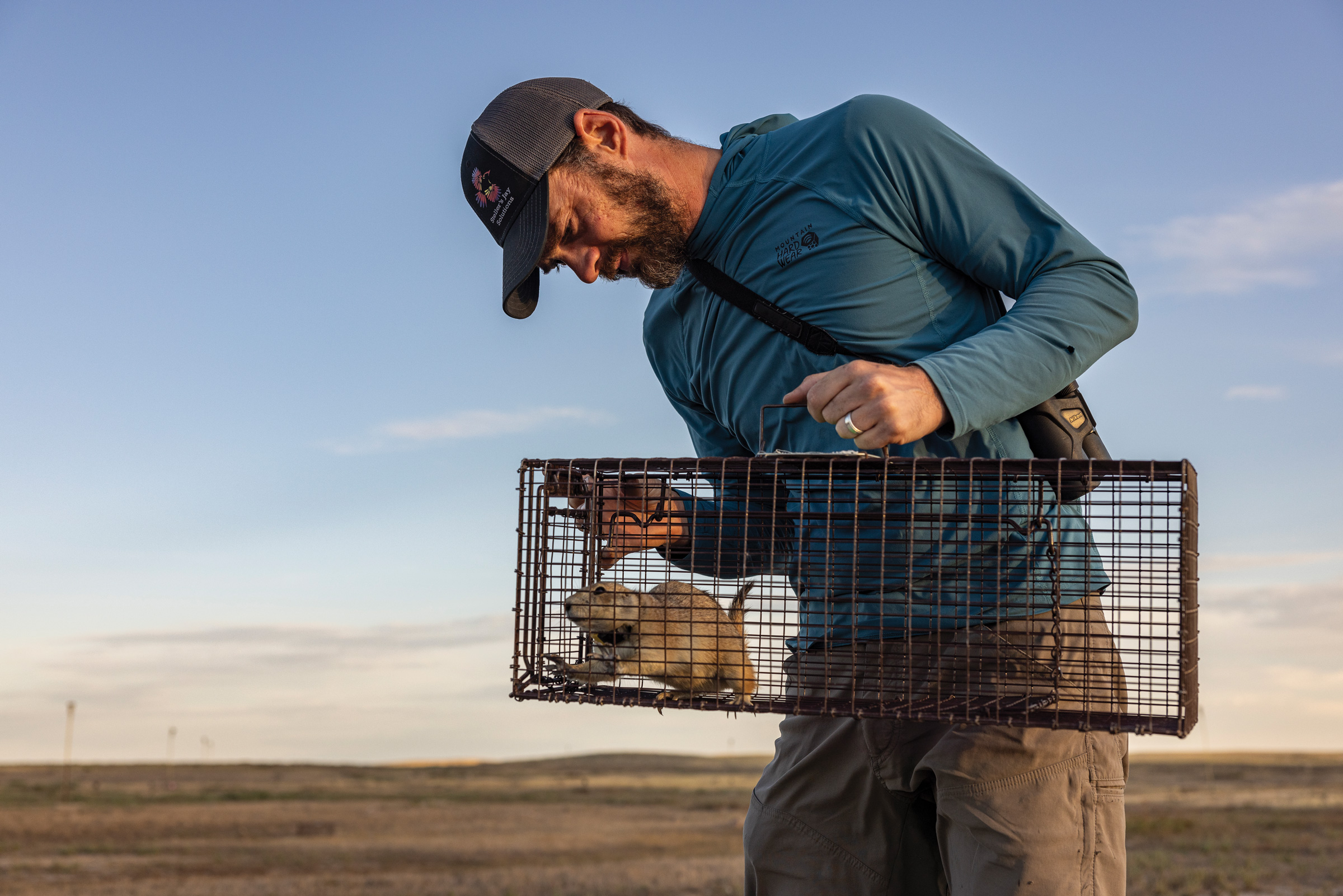Regenerative practices on farmland are not new. They have been carried out by people across the world for centuries. One important aspect of maintaining a regenerative agricultural system is nutrient cycling. It’s a closed system that emulates natural cycles inside the bounds of a farm or pasture.
Most literature about nutrient cycling is related to livestock, where keeping nutrients within the bounds of the pasture is important for maintaining its regenerative potential. However, nutrient cycling is a process that occurs in wild areas and can be fostered on farms without livestock.
If we view soil organisms as another kind of livestock, we get a better sense of how nutrient cycling practices work – even in home gardens. There are easy ways you can enact a nutrient cycle in growing spaces, as well as those that work in livestock systems.
What Is Nutrient Cycling?
The basic definition is this: nutrient cycling is how nutrients move through a system via processes of consumption, excretion, and decay. The most common attribution of the term as it relates to farming is with ranchlands. However, any system – even those without livestock – can cycle nutrients.
Below Ground
In the space within an inch of most plant roots, there are millions upon millions of living organisms that move nutrients around. This is the rhizosphere, where the most essential nutrient exchange takes place.
This is the foundation of a healthy farm, where bacteria, fungi, archaea, and other micro-organisms work together and feed on one another. It’s a scene present in natural spaces too. In order for elements to break down and be ready for absorption by plants, we need these organisms to convert them into a form suitable for uptake.
Above Ground
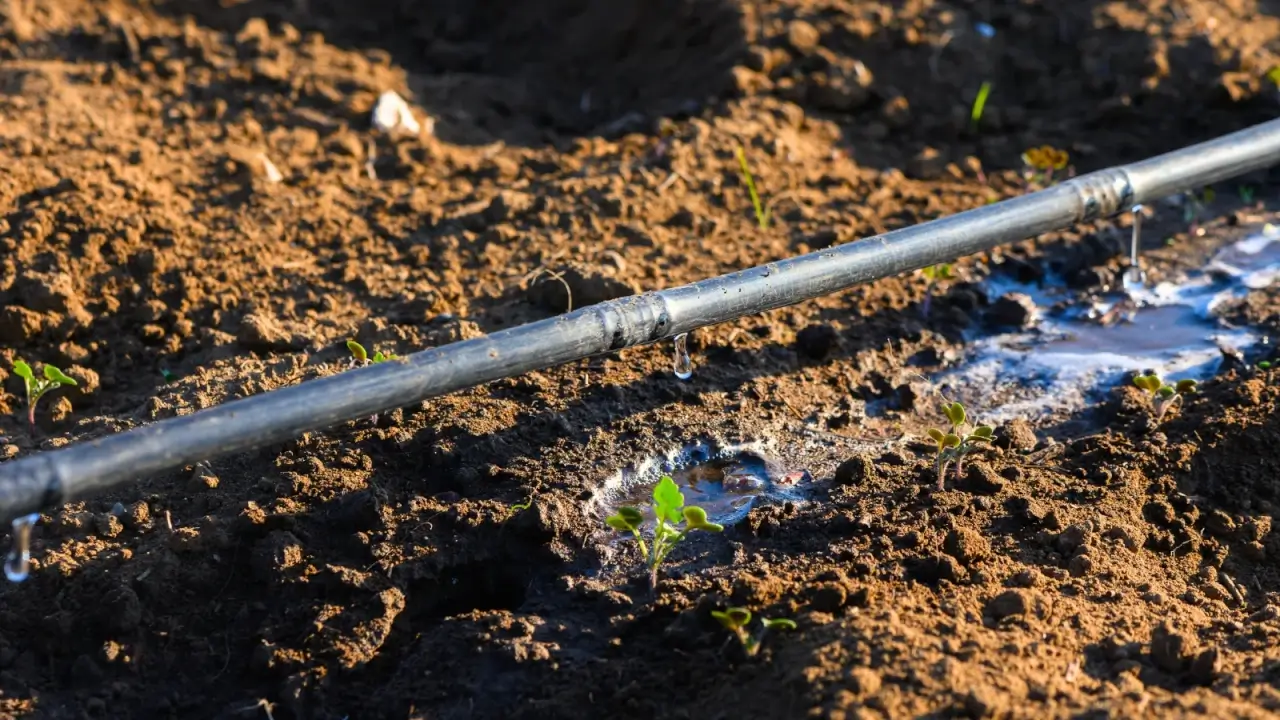
And then there is the air and water. In order for plants to grow, feed livestock, or simply develop fruit, they need to be able to transform water and nutrients into usable ones. Once they’ve done this, their tissues can expand and grow above and below ground.
At the same time, they excrete nutrients back into the earth, where the soil organisms can benefit. Similarly, they exude different compounds into the air and nearby water, which are pulled into the atmosphere via condensation and evapotranspiration. Animals do this in a more visible and obvious way, as their manure fertilizes the earth.
Living in the soil are micro-organisms, but there are also macro-organisms. Earthworms and beetles tunnel through the soil, adding tilth, and feed the soil with their excretions.
How to Nutrient Cycle: 5 Steps
It’s not hard to have a more cyclically-nutrient-rich farm. By including various established regenerative practices, you’re able to keep it going without much need for intervention. After you put a few practices in place, there’s an element of passivity that sets in, allowing you to focus your energies on more pressing needs.
Till Less
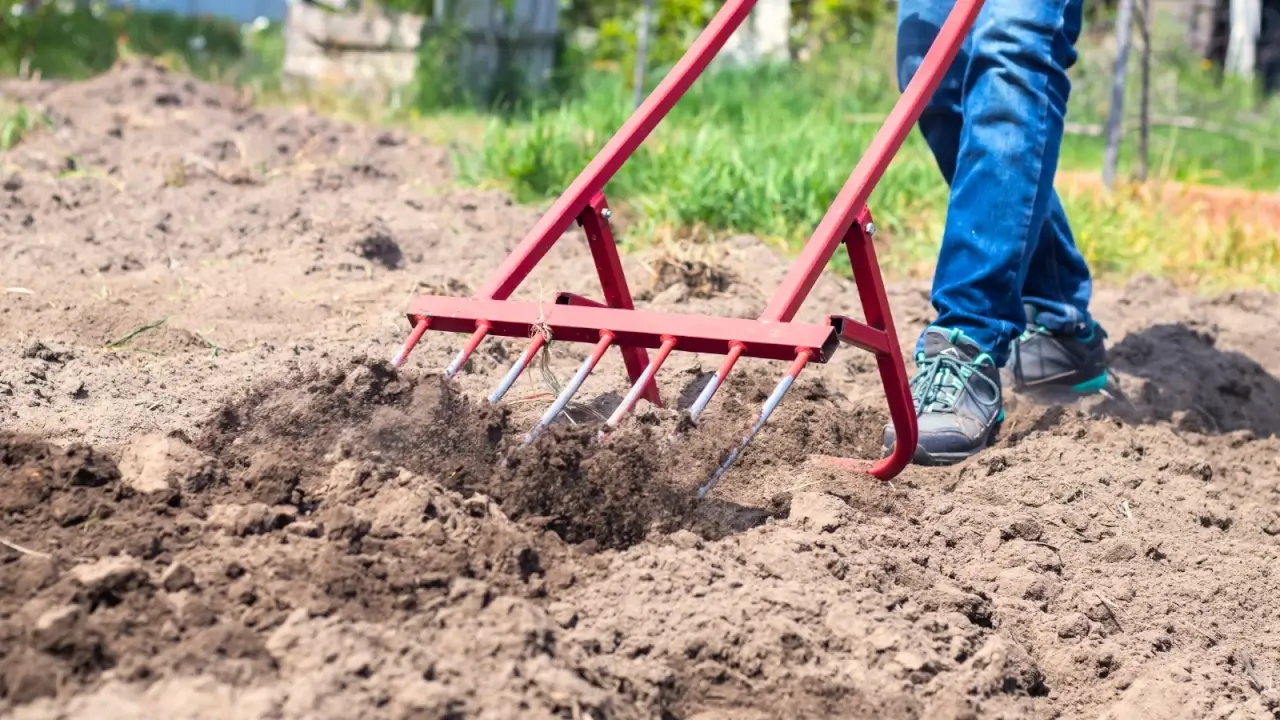
One way to keep nutrients in the soil is to preserve your topsoil by tilling less often. This not only keeps the soil on your farm, but also keeps the organisms below intact. There are different ways to farm without tilling as often as a conventional farm would from season to season.
One way to do this is to simply add material to the top layer of the soil. A hefty dose of well-rotted compost or manure topped off with a substantial layer of mulch is great for planting, and offers no disturbance to the. Using hay bales as planters is yet another way to do it.
There are intermediary means of tilling less – for instance, using no-till planting tools that create a furrow just deep enough to plant seed. Gently broadforking the earth between seasons is another means of low-till cultivation. For larger plots, rotary power harrow or slicer planters work, too.
All of these protect the most important part of the nutrient cycle: the soil. This reduces erosion, builds rich soil over time, and ensures that water and nitrogen are captured within the bounds of the farm, rather than escaping.
Feed the Soil, Not the Plants
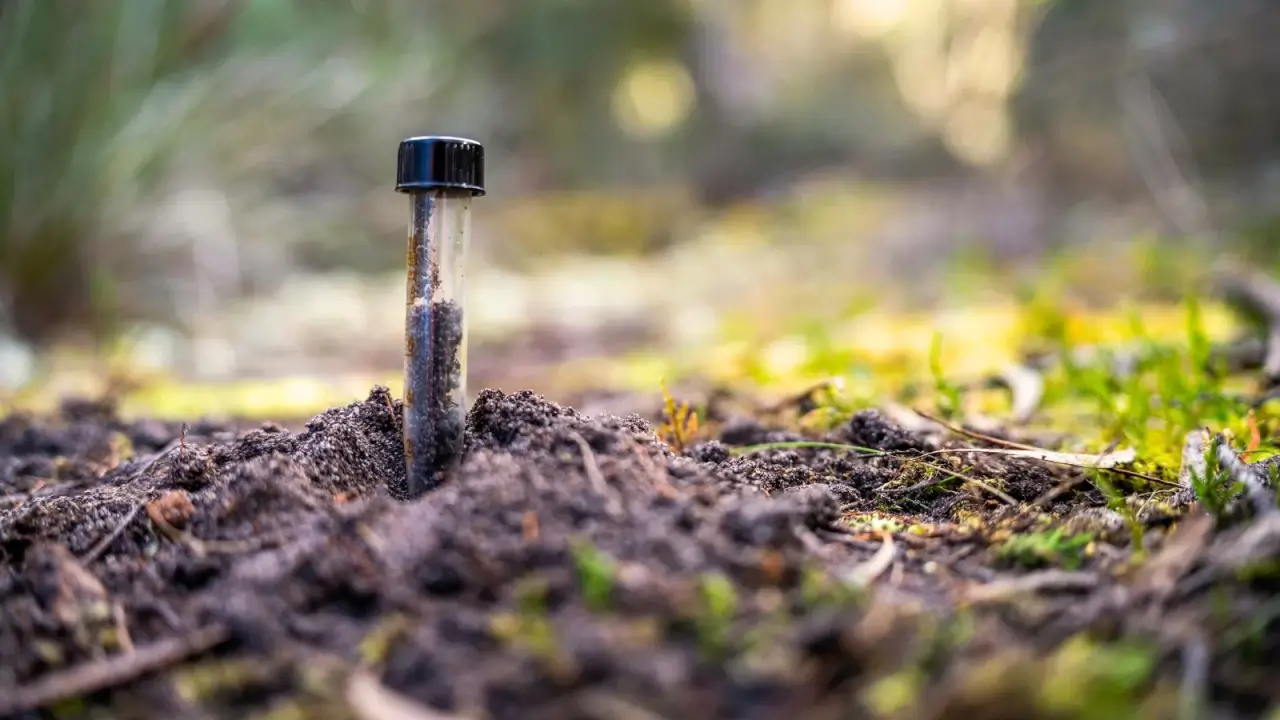
Conventional practices focus on inputs that pump up crops, making them more desirable for the marketplace. But using hefty doses of synthetic fertilizers can cause problems for soil and the surrounding environment down the line. Eutrophication is an example of nutrient leaching that comes from overfertilization of crops, largely with synthetic inputs.
Instead of focusing solely on the crops you’re growing, start with a soil test that tells you which nutrients are needed to have healthy soil at the most basic level. Then, consider the additional nutrients needed to bolster your market share.
When you’re inbetween seasons, give your soil a break and foster nutrients by planting cover crops. Before they flower, chop them and drop them on the soil surface. As they break down, they’ll feed the soil and mulch the surface, preserving the soil’s structure and top layer. They also protect local water quality by absorbing surface water that builds up in heavy rain and snow.
Plant Native

One of the best ways to keep nutrients within the farm or pasture is to plant native. That means wildflower strips in between crop rows or on the borders of the cultivation space. It also means native forage plants that not only bolster the local ecology, but also return to the pasture once they’ve been digested.
Native plants aren’t maintenance-free, but they don’t require the kinds of inputs or management that non-native plants do. Native forage plants in particular offer more nutrition to livestock than non-native forages and feeds do.
They also keep the farm’s system closed by inviting in local wildlife. These wildlife offer services to the farm, like pest control, soil maintenance, and even hunting fodder if you’re working on a conservation-intensive rangeland. Native plants are primed to work with local soil organisms in a more efficient manner, as they’ve evolved to do so over millennia. Planting them promotes higher soil fertility.
Leave the Leaves
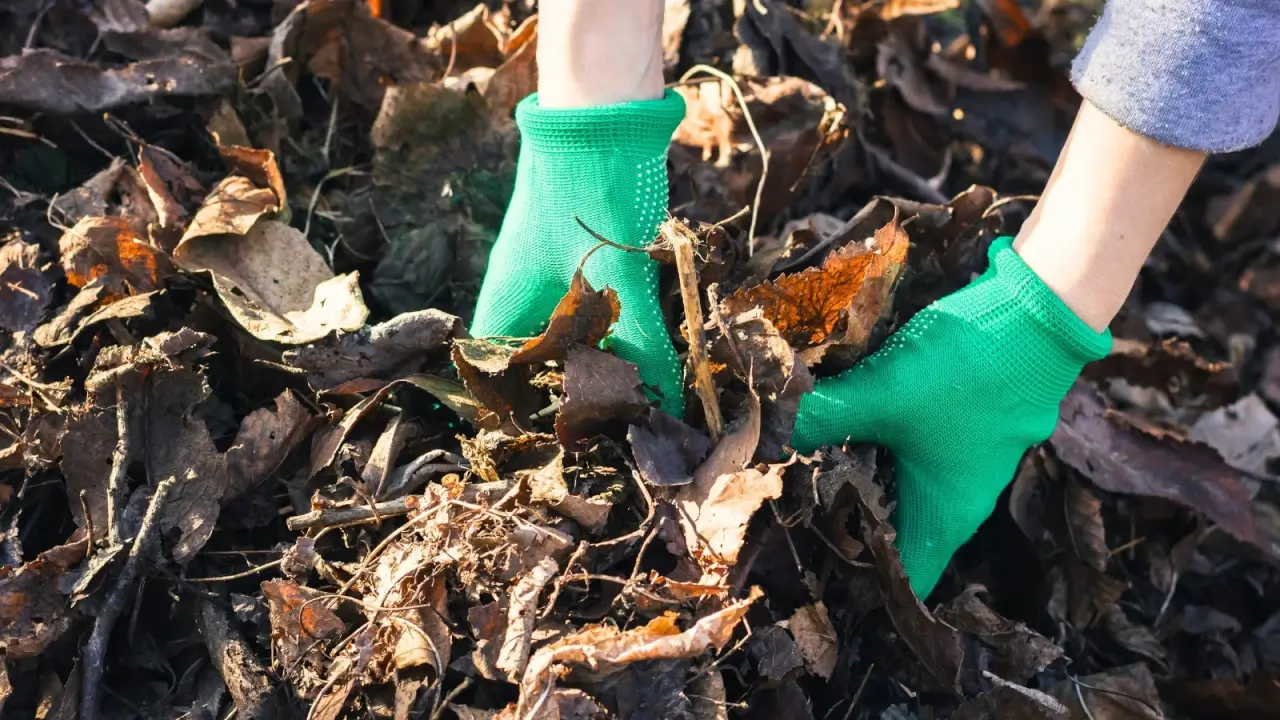
One obvious example of a pristine nutrient cycle is the process of growth and decay that occurs in forests. Trees in deciduous woodlands grow supple green leaves that turn in autumn and eventually fall to the earth in winter.
The leaves insulate the forest floor, and detrivores (organisms that feed on decaying matter) convert fallen leaves into nutrients that can be used by trees and plants. They also offer habitat to overwintering insects and amphibians, who nestle in through the cold to emerge again in spring.
You can mimic this by leaving the leaves along the more forested areas of your land. This keeps the carbon and nitrogen in the farm, rather than escaping into the air via a brushfire or disposal. If they need to be moved, throw them in your compost pile, or shred them and mulch your winter beds with them.
Leaf mold is an incredible resource for farmers who grow from seed. A small part of a seed starting mix has a better structure with decomposed leaves included. To make your own leaf mold, fill your raised beds with fallen leaves, or throw them in large contractor bags and let them sit over winter. Then add the crumbled nutrient-rich matter to your seed starting mix at no more than ⅙ of the mixture.
Rotate Pastures
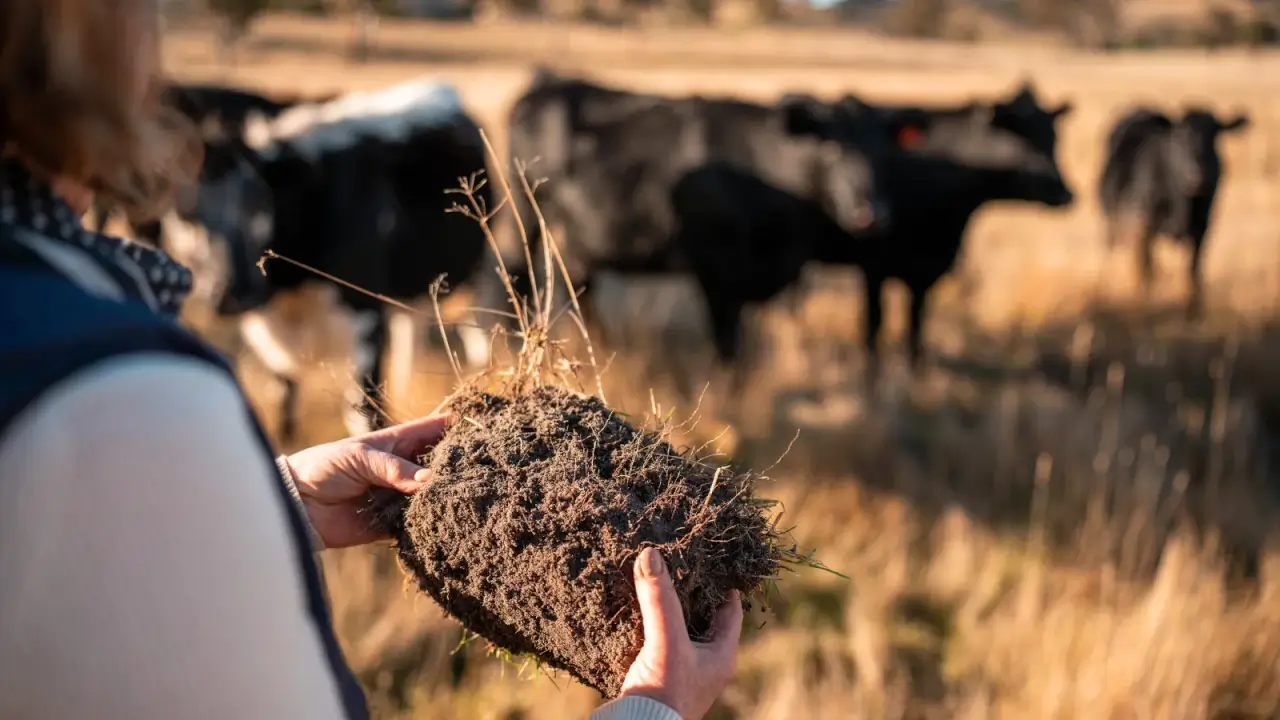
If you’re a rancher, one of the most beneficial practices you can take up is pasture rotation. This conserves all of the nutrients on the ranch and gives the land a bit of a rest as it attempts to recover from a heavier grazing period. Instead of dealing with low-quality livestock, simply get into the rotation.
To implement this on your range, you’ll need to divide the acreage into evenly sectioned pastures. Fencing and water access are important here. You’ll also need a food source, but if you plant native forages, simply letting the pasture rest and reseeding every other year will suffice.
In rapid-growth seasons, give each pasture at least 20 to 30 days of rest before bringing livestock back to that section. While they’re out, any pasture maintenance that needs doing can be carried out. In slower growth seasons, give your pastures 40 days each to rest.
Your local Natural Resources Conservation Service can help with implementing a rotational system, and they can advise you on which forage plants are best for your region. Some farms are eligible for financial assistance as well, so don’t forget to ask about that.
This is a perfect way to keep nutrients inside the farm’s system. By providing your livestock and the soil organisms with what they need to thrive, they provide you with a valuable product.
How To Build A Closed Loop System
Use a trough to recycle rain water for food production and your very own water garden.
The post Nutrient Cycling on the Farm: 5 Practices to Implement Now appeared first on Modern Farmer.


